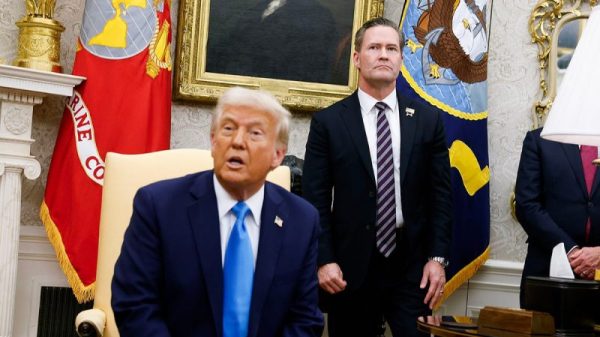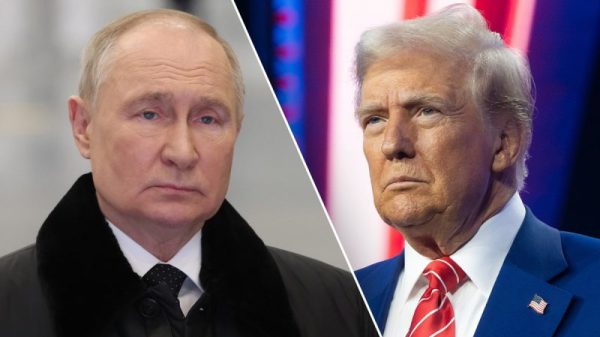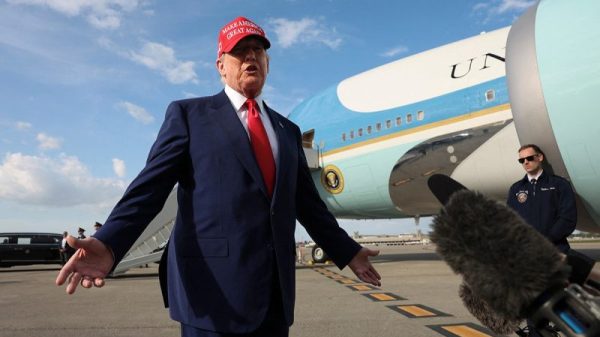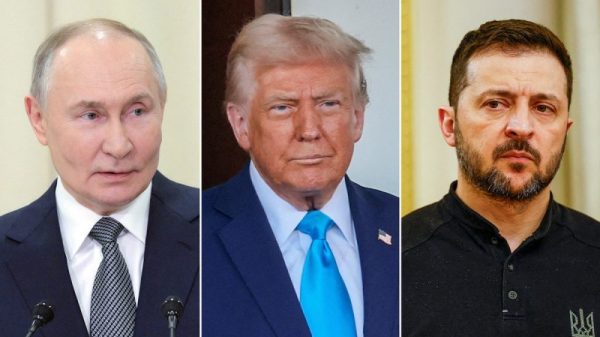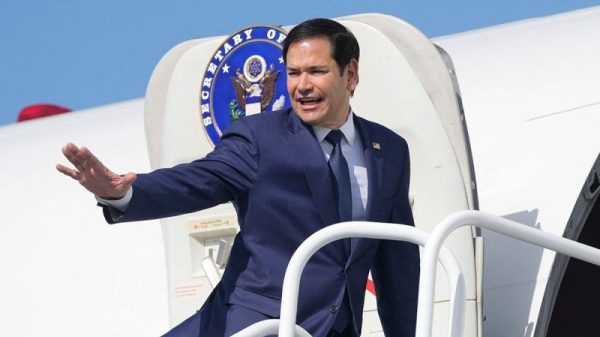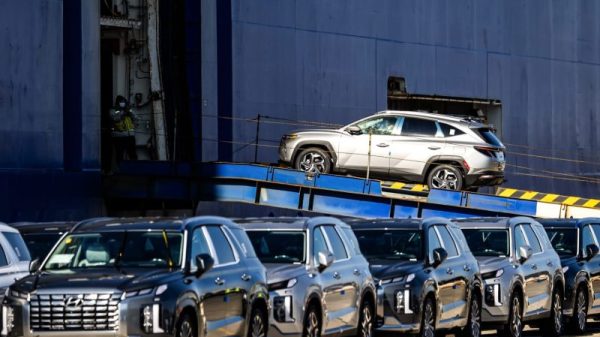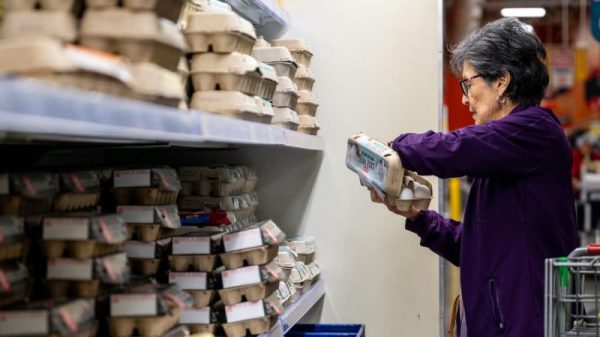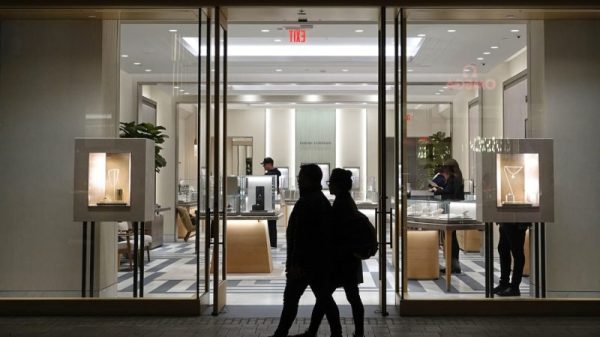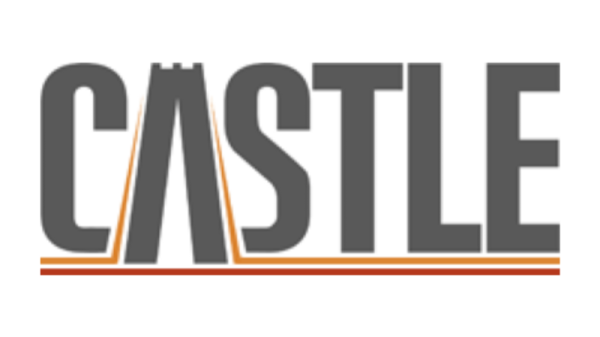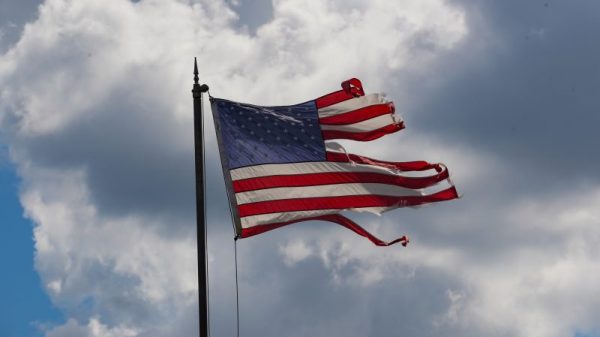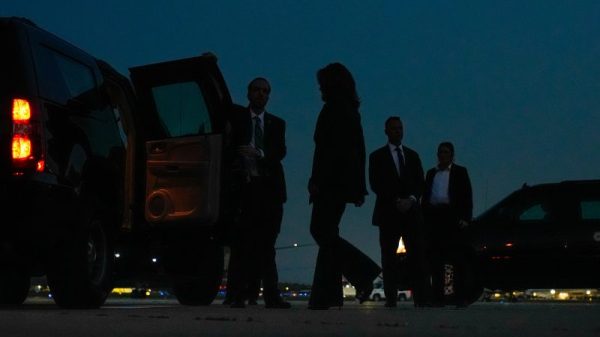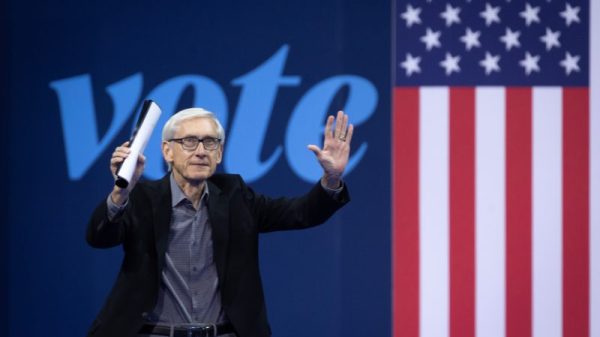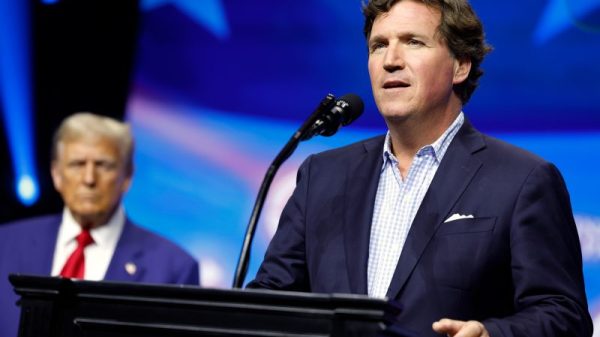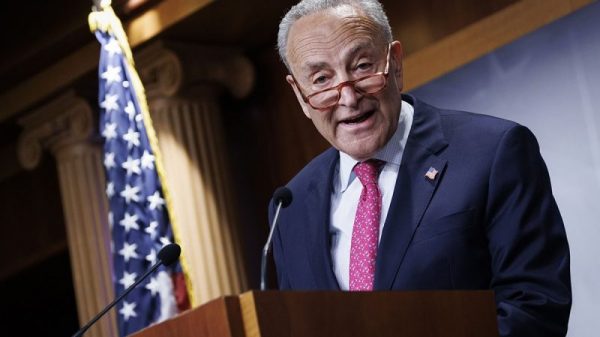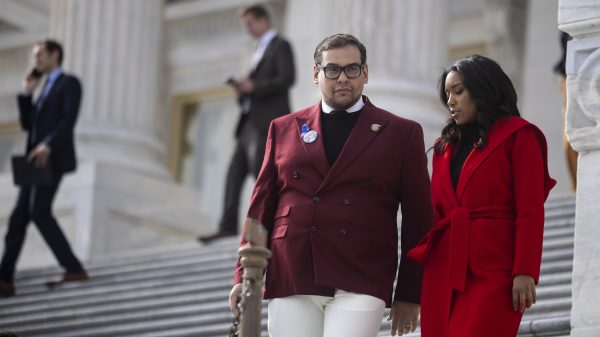Searching for ways to lower labor costs, restaurants are hoping that artificial intelligence can take down drive-thru orders — but it will likely be years before the technology becomes widely available.
This year, 16% of restaurant operators plan to invest in artificial intelligence, including voice recognition, according to a survey from the National Restaurant Association. Most of the big spending comes from large chains, which have the capital and scale to make the technology work for their businesses.
Even before the pandemic, labor costs had been rising for restaurants, leading operators to look to technology to boost their profit margins. Then Covid came, which not only accelerated labor costs but also led to a shift away from dining rooms and toward drive-thru lanes. California’s decision earlier this year to hike wages for fast-food workers to $20 an hour has only made operators more inclined to embrace technology to cut their labor costs, which has so far helped mostly in the automation of back-of-the-house tasks.
At the same time, ChatGPT and other AI tools have fueled new excitement for generative AI in restaurants, though the industry is typically slow to embrace technological advances.
One stumbling block for the burgeoning tech came in June, when McDonald’s told its franchisees that it would end its trial of Automated Order Taker, AI technology meant for its drive-thru lanes through a partnership with IBM. Once an early mover in the voice-ordering race, the fast-food giant now plans to turn to other vendors.
Then there’s Presto Automation, the AI drive-thru technology company which disclosed last year in Securities and Exchange Commission filings that it uses “human agents” in places like the Philippines and India to complete orders. Presto interim CEO Gee Lefevre maintains that using humans is common in the AI industry and helps train the technology without straining the restaurant’s workforce. The company unveiled a fully autonomous version in May. Still, the initial lack of transparency may scare off some operators.
While some restaurants may be skeptical of using AI for drive-thrus now, adoption may increase in the coming months and years.
The tipping point for voice ordering is likely in 12 to 18 months, according to T.D. Cowen analyst Andrew Charles. That’s when he thinks at least two of the nation’s top 25 restaurant chains will go all in, expanding their small trial runs of the technology across their footprints.
“It’s like third-party delivery a few years ago: Everyone was testing it, then when McDonald’s went with Uber, everyone else followed with their own partnerships,” Charles said.
This time, McDonald’s likely won’t be the first mover.
Companies with voice-ordering technology say their AI doesn’t replace jobs — it just frees up workers for other tasks. They also tout secondary benefits.
SoundHound, an early leader in the space, said that its AI can take more than 90% of orders without requiring human intervention; the typical accuracy rate for humans is between 80% to 85%. SoundHound also said that its AI can speed up drive-thru lanes by roughly 10% because it can process orders faster. Plus, AI tries to upsell customers every order, raising average check size.
Moreover, in the future, AI could be able to take orders from non-English speakers, representing a large opportunity both internationally and domestically, according to Charles.
But for all the possible pros, there are also some drawbacks to generative AI.
For one, restaurants risk damaging their reputations by using artificial intelligence, Bank of America Securities analyst Sara Senatore wrote in a research note on Friday. For example, inaccurate orders can cause delays and frustration, even if the AI transfers customers to a human restaurant worker.
Moreover, while younger customers might enjoy the increased efficiency and lack of human interaction, older age cohorts tend to think differently. The majority of baby boomers would prefer fewer technology options while dining, according to a consumer survey from earlier this year conducted by the National Restaurant Association.
Then there’s the fact that the technology isn’t perfect. Restaurants with weak Wi-Fi will need to speed up their internet connections. Locations by noisy highways will likely find that voice-ordering tech will need a few years to catch up and better understand customers. And restaurants with long, complicated menus will likely find that the AI struggles are more pronounced.
For McDonald’s, the risks aren’t worth it — for now.
The fast-food giant’s foray into AI for the drive-thru began in 2019, when the company bought Apprente, renaming it McD Tech Labs. Two years later, McDonald’s sold McD Tech Labs to IBM and announced a global partnership with the tech company for undisclosed terms. McDonald’s had already tested the technology at a handful of Chicago area locations. Offloading the tech to IBM led to a larger scale test of roughly 100 restaurants.
But the results from the trial run fell short of McDonald’s standards. The technology had issues interpreting different accents and dialects, hurting order accuracy, among other challenges, two sources familiar with the matter told CNBC. At the time, McDonald’s declined to comment on the technology’s accuracy or challenges, while IBM did not respond to a request to comment on the tool’s accuracy.
Despite the setback, McDonald’s isn’t abandoning the goal of using artificial intelligence to take drive-thru orders.
“While there have been successes to date, we feel there is an opportunity to explore voice ordering solutions more broadly,” Mason Smoot, senior vice president and chief restaurant officer for McDonald’s U.S., wrote in a memo to franchisees.
The Golden Arches isn’t the only chain with a voice-ordering test.
Yum Brands’ Taco Bell is expanding its test of voice AI from five locations to 30 restaurants in California “based on positive consumer feedback,” executives said in early May. White Castle plans to use SoundHound’s technology in more than 100 of its restaurants by year-end. And last year, Wendy’s announced a test at a company-owned restaurant in Columbus, Ohio, through a partnership with Google.
So far, early movers have largely been companies with lower average unit volumes, T.D. Cowen’s Charles said. The industry metric refers to a chain’s average annual sales by restaurant. Because those chains’ locations have lower sales, there’s more financial incentive to use AI to mitigate higher labor costs, according to Charles.
Panera Bread founder Ron Shaich told CNBC that the real winners will be a “fast follower” rather than the first mover with voice ordering. Shaich, who currently serves as chair of Cava and chief executive of his own investment firm Act 3 Holdings, claims credit for being the first mover on plenty of restaurant tech advancements: free Wi-Fi in Panera’s restaurants, combining the chain’s mobile app and loyalty program and introducing self-order kiosks.
But in the case of voice ordering, Shaich said he thinks it’s better to sit tight while the technology gets ironed out and focus on making sure the overall customer experience can beat the competition.
“Nobody’s running to a restaurant because it has this technology,” he said.
— CNBC’s Kate Rogers contributed reporting for this story.

